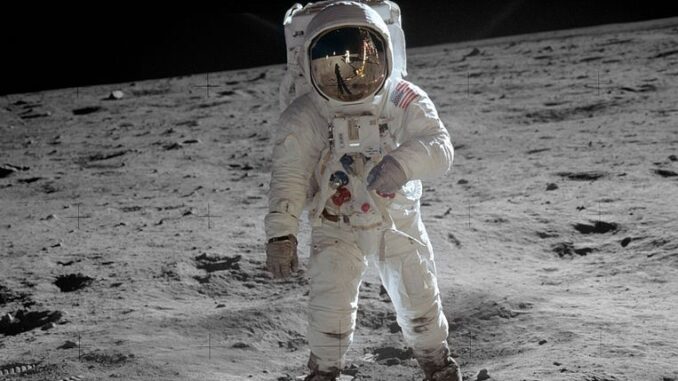
Margaret Heafield Hamilton (b. August 17, 1936 – now age 85) had planned to become a professor of mathematics. After graduating in 1958 with a B.A. in mathematics (and a minor in philosophy), she headed to Boston for graduate studies. While there, she landed a job in the employ of Edward Lorenz at MIT. (He’s the scientist that postulated the now-famous Chaos Theory.) Lorenz needed mathematicians to program the meteorology department’s mini-computers, specifically the Librascope LGP-30 and the Digital Equipment Corporation DEC PDP-1. Margaret had never programmed a computer before, nor did she have any education or training in the new technology. The field was so young, there was no place to attain such knowledge except on the job. She excelled in the role and her work contributed to Lorenz’s new theory of chaos.
From there she went on to program computers for USAF radar defense Project SAGE, which was also based at MIT but in a different computer lab department. This experience perfectly readied her for the position of lead designer and developer of NASA’s Apollo flight software (which again was in yet another computer lab at MIT). In this role, she lead a team of programmers who developed the on-board flight software for the Apollo command module and lunar lander, both of which had an onboard AGC (Apollo Guidance Computer). The software that ran these flight computers was designed and written by Margaret and her team. The professionalism with which she approached the task helped coin the term ‘software engineering’. It was more than mere programming. Program design took into consideration every detail and requirement, no matter how small. Exhaustive testing, documentation, change control (version control), and frequent project assessments set the standards for software engineering. The number of things that could have gone wrong during the Apollo missions were astronomical, and yet, the AGC software performed flawlessly.
Margaret Hamilton was one of many hard-working women who made the Apollo moon landings possible. Multitudes of women labored in factories around the country, working for aerospace firms, electronics manufacturers, and many other technology companies under NASA contract. These unsung women were heroes, too.
On November 22, 2016, in a joint ceremony, Margaret Hamilton and Grace Hopper were awarded the Presidential Medal of Freedom by President Obama: two giants in the world of computer science were honored for their incalculable contributions to their field and nation.
By the way, this Margaret Hamilton is not to be confused with the Margaret Hamilton who played the Wicked Witch of the West in “The Wizard of Oz”, and who later appeared on PBS’ “Mr. Rogers’ Neighborhood”.
“Great Minds: Margaret Hamilton” (4:36)
“NASA’s first software engineer: Margaret Hamilton – Matt Porter & Margaret Hamilton” (4:55)
“Margaret Hamilton – 2017 CHM Fellow” (6:28)
